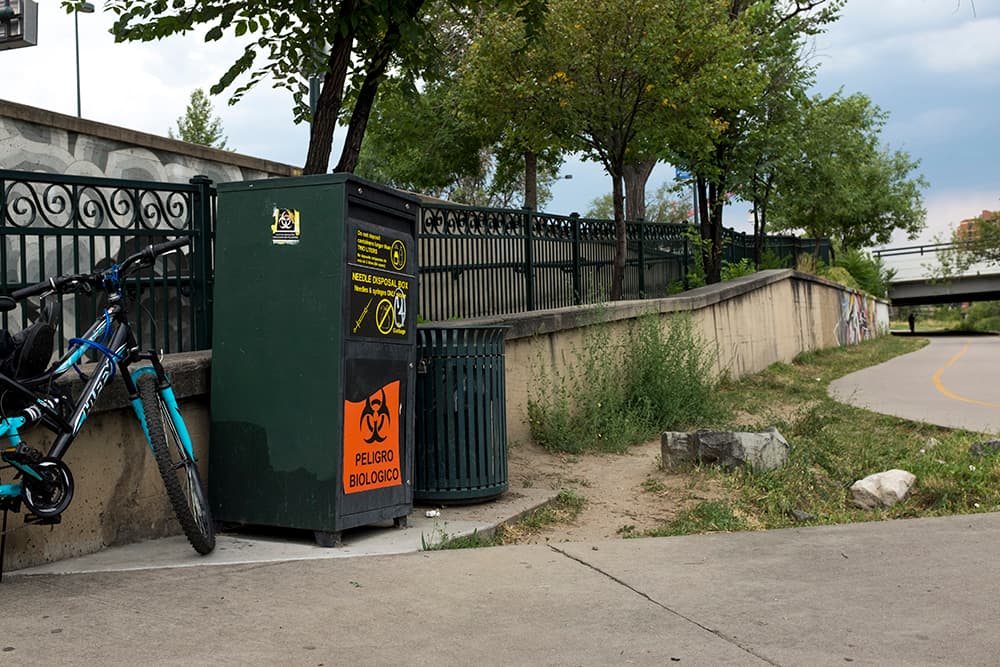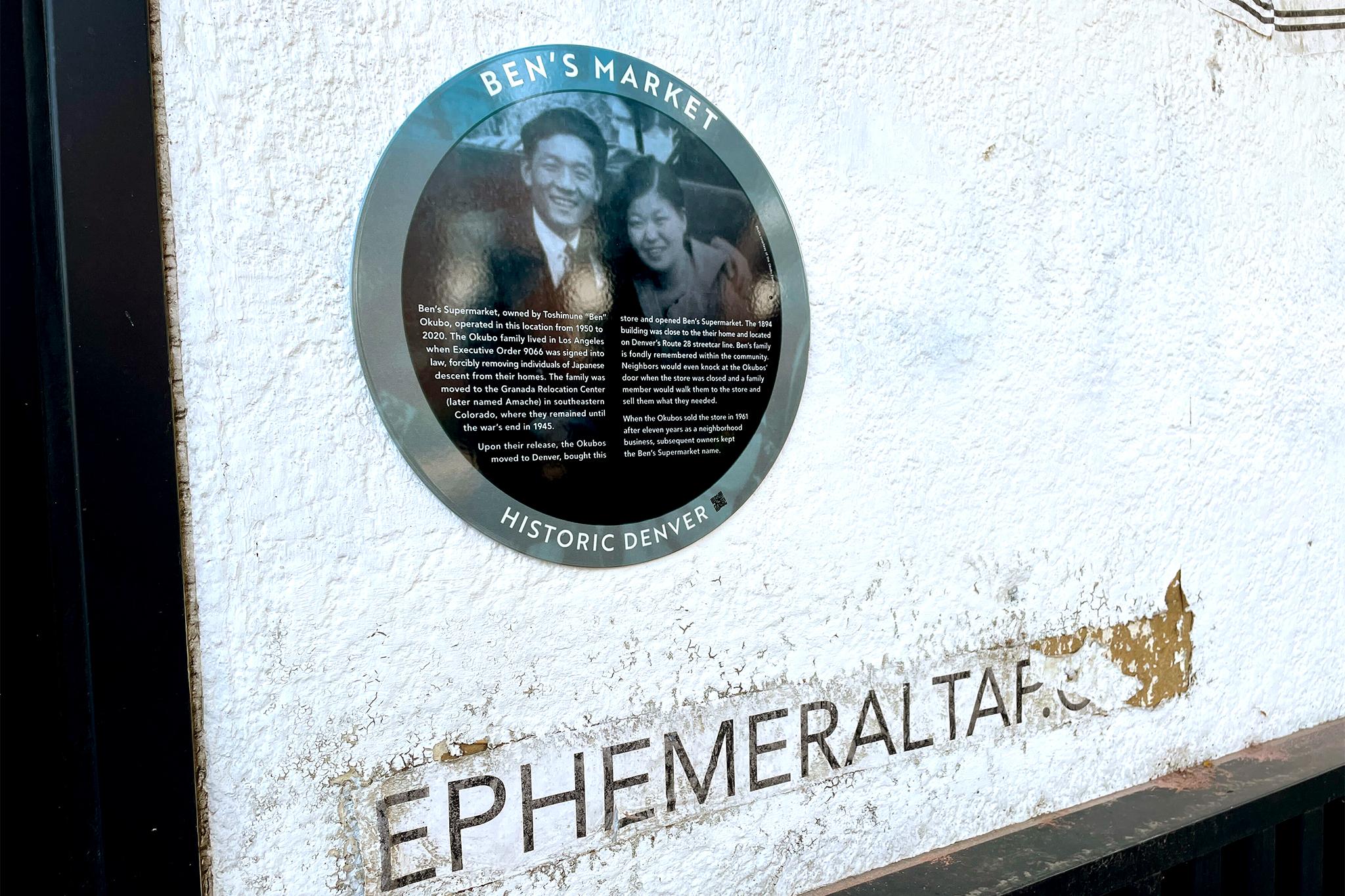
Over the span of four years, the number of Coloradans dying from heroin overdoses has doubled, while the number of people seeking treatment for opioid use disorders has skyrocketed.
The findings were revealed in a report called “Heroin in Colorado” released Tuesday by a multi-agency coalition called the Heroin Response Work Group. The group includes law enforcement agencies, city and state public health departments and healthcare providers specializing in addiction and mental health services.
The report was released in conjunction with a media announcement for a new initiative addressing the opioid crisis. Dubbed the “Heroin Impact Project,” the initiative includes two parts: Operation Poison Pusher and Operation Helping Hand.
Operation Poison Pusher will primarily involve law enforcement and prosecutors, who will target drug dealers, while Operation Helping Hand will focus on providing healthcare resources for users and their families.
“We will continue our pursuit of criminals who bring this dangerous product into our state and sell it to our loved ones and fellow community members,” Colorado Attorney General Cynthia Coffman said in a release announcing the project. “At the same time, we must make sure that there are systems and services in place to support the many Coloradans who need treatment for substance use disorders and support in recovery.”
According to the report, 79 people died heroin-related deaths in Colorado in 2011. That number shot up to 228 in 2016. During the same span, age-adjusted heroin-related hospitalization rates increased 68 percent. (Age-adjusted rates, according to the report, "means that they allow communities with different age distributions to be compared. For example, if Colorado has a slightly younger population than the nation as a whole, it is important to statistically adjust for the age difference to accurately compare Colorado’s rates to national rates.")
The fatal overdose numbers in Colorado are nowhere near as high as those out East, where the opioid crisis has ravaged communities across states like New York, Connecticut and West Virginia.
Yet when the Center for Disease Control and Prevention mapped out states with statistically significant changes in drug overdose rates involving heroin, Colorado was among the states in bright red. The state had a 50 percent increase between 2015 to 2016 (the CDC lists 234 drug overdose deaths in 2016 in Colorado).
Overall, the Heroin Response Work Group reports the state’s heroin death rates are “slightly lower than national rates.”
Tom Gorman, director of the Rocky Mountain High Intensity Drug Trafficking Area (RMHIDTA), said Tuesday that agencies in Colorado are trying to be proactive about heroin use. RMHIDTA is a member agency in the Heroin Response Work Group, which was founded in 2016.
“It’s an emerging problem here in Colorado. It’s not as devastating as it is out East,” Gorman said. “Anytime you lose somebody, it’s a problem.”
The CDC estimates 115 Americans die everyday from from an opioid overdose. The federal agency reported that in 2016 more than 42,000 people died of opioids, a class of drug that includes heroin, prescription medication like oxycodone, and fentanyl.
Gorman spent 30 years with the California Bureau of Narcotics Enforcement, a kind of state-level Drug Enforcement Administration. RMHIDTA works with federal, state and local drug enforcement to address drug trafficking. It’s website says it serves several Denver metro area counties, including Adams, Arapahoe, Jefferson and Douglas.
It’s fairly common for big metro areas like Denver to see drug overdose deaths. But in Colorado, there are rural areas where the problem is also surfacing, and there are different challenges there.
“It’s a lot more difficult,” Gorman said. There’s less police presence and, perhaps more importantly, there’s less access to treatment options for people with addiction or other substance use disorders. “That’s going to be a big challenge for us. A big challenge. Those lives are every bit as important as everyone else’s.”
The new project won’t just punish bad guys, but make an effort to help people in need of treatment.
One component of the project will focus aggressively pursuing drug dealers. Colorado U.S. Attorney Bob Troyer summed up how the feds will help out local agencies as part of Operation Poison Pusher in a release:
“We will use our powerful tools — long mandatory sentences, penitentiaries out of state, no parole, no early release — to remove poison suppliers from Colorado and deter others from replacing them.”

The release Tuesday also said Operation Helping Hand will give law enforcement officers resources to help users and their families find help for treatment. Police can receive assistance from the specially-trained Colorado Crisis Service Hotline, which is a 24-hour service, and receive tools from the Department of Human Services to help police de-escalate situations involving mental-health or substance use disorders.
“We think these people need help,” Gorman said, adding that law enforcement officers can be “conduits” to providing access or more information to possible resources.
According to Tuesday's report, between 2011 and 2016 the number of people being treated for opioid use disorders at state-licensed facilities increased from 2,748 to 7,949 (an increase of 189 percent). A majority of clients in treatment were unemployed white males between 18 and 42 years old who had never married.
One way emergency services and police departments address opioid overdoses is by carrying naloxone, an opioid antidote.
Naloxone — often identified by one of its brand names, Narcan — is an opioid antidote that reverses the effect of an overdose.
It's often carried by EMTs, but there's been a push in the last few years to ensure cops and firefighters carry the medication as well. Connecticut, for example, has a state law protecting people from civil liability or criminal prosecution for administering naloxone. It could encourage more people to use the medication.
Denver Police spokesman Jay Casillas said in email DPD officers are equipped with naloxone kits and are trained to use it.
Gorman said Denver Police have been a "big partner" in the project.
Tuesday's report listed a staggering increase in the number of documented use of naloxone by EMS services in the state. Between 2011 and 2016, its use increased by 248 percent, from 997 events in 2011 to 3,465 events in 2016.
Gorman said these were all potentially fatal overdoses.
“That’s pretty significant," he said, "that they’ve saved lives."












